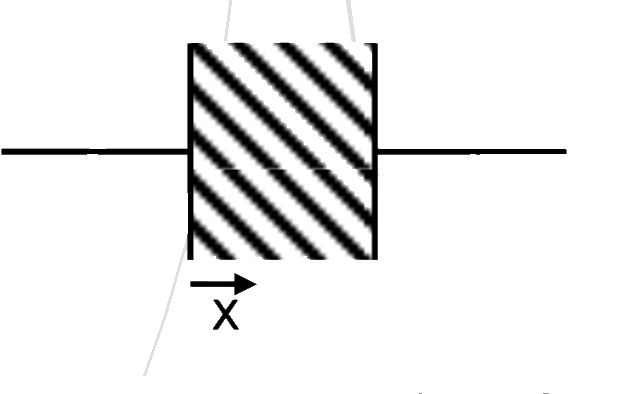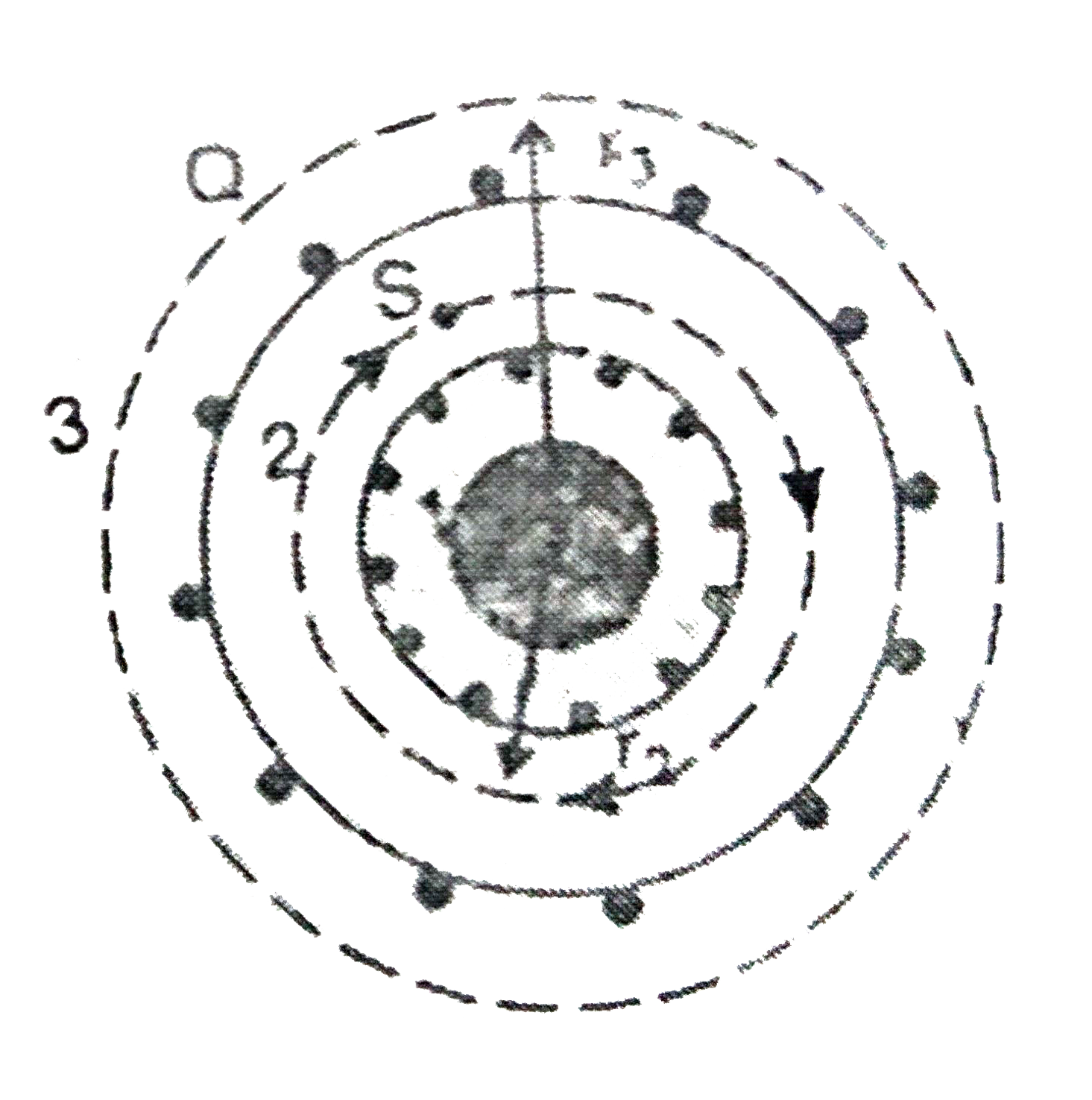Consider the two idealised systems
(i) a parallel plate capacitor with large plates and small separation and
(ii) a long solenoid of length L>>R, radius of cross section.
In (i) →E is ideally treated as a constant between plates and zero outside. In (ii) magnetic field is constant inside the solenoid and zero outside. These idealised assumptions, however, contradict fundamental laws as below
The correct Answer is:B
Step by step video solution for Consider the two idealised systems (i) a parallel plate capacitor with large plates and small separation and (ii) a long solenoid of length L gt gt R, radius of cross section. In (i) vec(E) is ideally treated as a constant between plates and zero outside. In (ii) magnetic field is constant inside the solenoid and zero outside. These idealised assumptions, however, contradict fundamental laws as below by Physics experts to help you in doubts & scoring excellent marks in Class 12 exams.
Similar Questions
Consider the two idealized systems: (i) a parallel plate capacitor with large plates and small separation and (ii) a long solenoid of length L>>R, radius of cross-section. In (i) →E is ideally treated as a constant between plates and zero outside. In (ii) magnetic field is constant inside the solenoid and zero outside. These idealised assumptions, however, contradict fundamental law as below:
View SolutionForce of attraction between the plates of a parallel plate capacitor is
View Solution
Knowledge Check
- Question 1 - Select One
Consider the two idealised systems (i) a parallel plate capacitor with large plates and small separation and (ii) a long solenoid of length L>>R radius of cross-section In (i) E is ideally treated as a constant between plates and zero outside. In (ii) magnetic field is constant the solenoid and zero outside. these idealised assumptions, however, contradict fundamental laws as below
Acase(i) contracdicts Gauss's law for electrostatic fields.Bcase(ii) contracdicts Gauss's law for electrostatic fields.Ccase (i) agrees with ∮→E.→dl=0Dcase (i) agrees with ∮→H.→dl=Ien - Question 2 - Select One
As the distance between the plates of a parallel plate capacitor decreased
AIf both assertion and reason are ture and reason is the correct explanation of assertion.BIf both assertin and reason are ture but reason is not the correct explanation of assertion .CIf assertion is true but reason is false.DIf both assertion and reason are false.
A parallel plate capacitor is charged and then isolated. On increasing the plate separation
View SolutionImagine a light planet revolving around a very massive star in a circular orbit of radius r with direction T. On what power of r, will the square of time period depends if the gravitational force of attraction between the planet and the star is proportional to r−5/2 .
View SolutionA parallel plate capacitor with plate area A & plate separation d is filled with a dielectric material of dielectric constant given byK=K0(1+αx).. Calculate capacitance of system: (given αd<<1).
 View Solution
View SolutionA parallel plate capacitor with plate area A & plate separation d is filled with a dielectric material of dielectric constant given byK=K0(1+αx).. Calculate capacitance of system: (given αd<<1).
 View Solution
View SolutionA parallel plate capacitor with plate area A & plate separation d is filled with a dielectric material of dielectric constant given byK=K0(1+αx).. Calculate capacitance of system: (given αd<<1).
 View Solution
View Solution(a) How is a toroid different from a solenoid?
(b) Show that in an ideal toroid, the magnetic field (i) inside the toroid and (ii) outside the toroid at any point in the open space is zero.
 View Solution
View Solution

